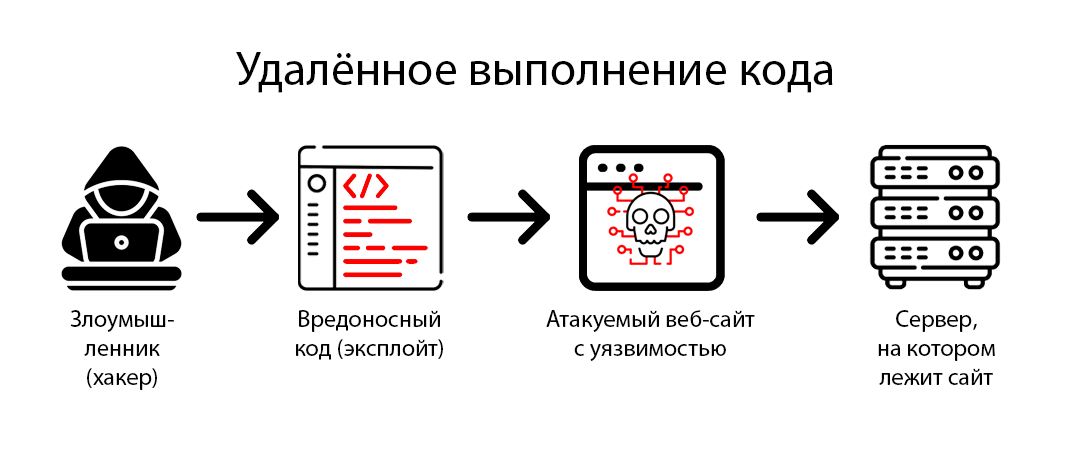Introduction
Servers are becoming increasingly susceptible to attacks using exploits, which can lead to sensitive data leaks, system malfunctions, and other negative consequences. In this article, we will look at methods to protect a server from such attacks.
Software Updates
One of the most important steps to protect a server from attacks using exploits is to regularly update the software. This includes the operating system, web server, databases, applications, and other server components. Updates often contain patches that fix vulnerabilities that can be used by attackers to compromise the server.
The software update process should be automated to eliminate the possibility of missing important updates. In addition, you need to monitor new versions of software and install them as quickly as possible.
Firewall Configuration
A firewall plays an important role in protecting a server from external attacks. It filters incoming and outgoing traffic, blocking suspicious requests and connections. The firewall configuration must be strict to eliminate the possibility of attackers penetrating through vulnerabilities in the network stack.
Regularly analyze firewall logs to identify suspicious activity and take the necessary measures. Remember that proper firewall configuration can prevent many attacks and protect your server.
Using Web Filters
Web filters can be an effective way to protect a server from web attacks, such as SQL injection and cross-site scripting. They can filter incoming requests for malicious content and block it before it reaches the server.
Web filter settings must be implemented appropriately to minimize false positives and at the same time provide reliable protection against attacks. Choose a reliable and proven web filter that meets the needs of your server.
Security Audit
Regular security audits will help identify potential vulnerabilities and security problems on the server. Conduct a thorough analysis of the server configuration, available services, and network security level.
Use specialized security audit tools, such as Nmap, OpenVAS, Nessus, and others. If vulnerabilities are detected, it is necessary to take prompt measures to eliminate them in order to prevent possible attacks.
Protection against DDOS Attacks
DDOS attacks can lead to server failure and unavailability of resources for legitimate users. To protect against DDOS attacks, you should use specialized solutions, such as CDN, WAF, and proxy servers.
Configure traffic monitoring scripts on your server to automatically block IP addresses involved in DDOS attacks. In the event of a serious DDOS attack, contact your hosting provider for assistance and protection from attacks.
Data Backup
Regular data backups will help restore the server in the event of a successful attack or system failure. Create and store data backups on separate media to avoid data loss in the event of a serious attack.
Automate the process of creating backups and testing their recovery. Remember that regular data backup is an important part of protecting your server.
Conclusion
Protecting a server from attacks using exploits is a complex and multifaceted process that requires constant attention and monitoring. Follow the recommendations and use modern protection methods to ensure the security of your server. Don’t forget to update software, configure firewalls, use web filters, conduct security audits, protect against DDOS attacks, and create data backups. This is the only way to ensure reliable server protection and prevent possible attacks.





